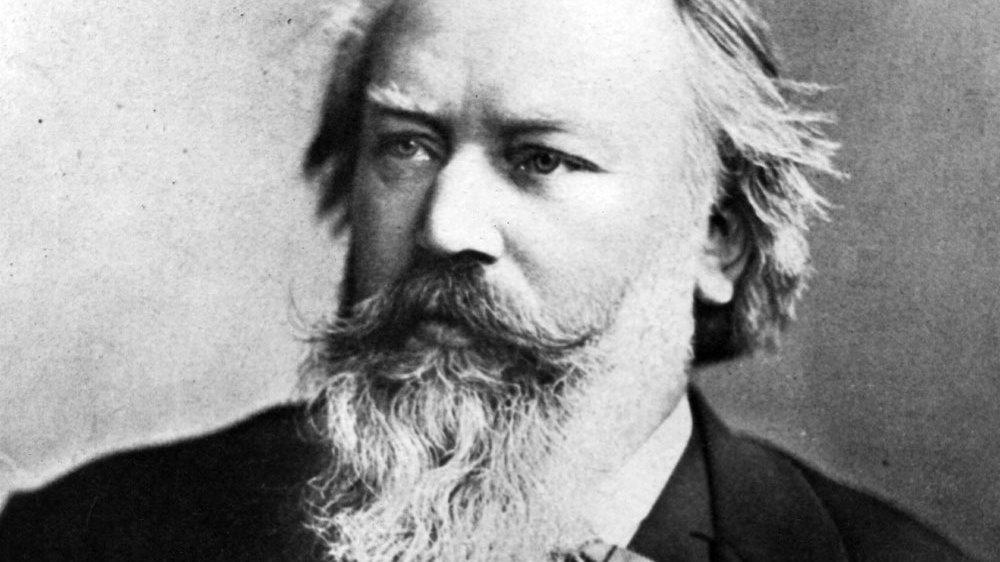Copland’s “Quiet City”: The Trumpet’s Mystic Call
HARK, some wild trumpeter, some strange musician, Hovering unseen in air, vibrates capricious tunes to-night. I hear thee trumpeter, listening alert I catch thy notes, Now pouring, whirling like a tempest round me, Now low, subdued, now in the distance lost. – opening lines of “The Mystic Trumpeter,” Walt Whitman Aaron Copland’s Quiet City begins with primal open intervals (fourths and fifths) which seem to emerge from a vast, wide-open landscape. The expansive pandiatonicism of …







